NASA Social
Starliner Launch Brings Learning to Life
By Guest Blogger on February 10th, 2020
This post was written by Elizabeth Jones, a member of the FLVS social media team.
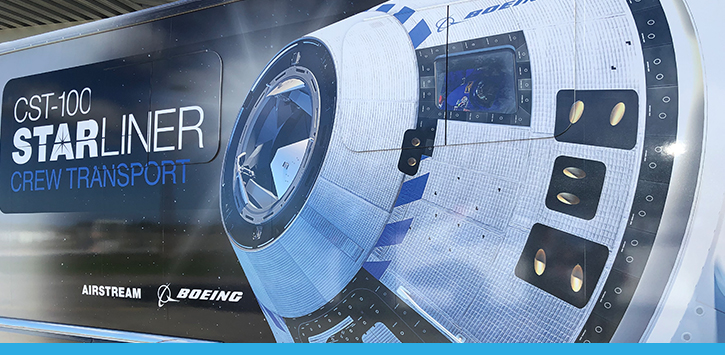
I recently had the opportunity to watch Boeing’s CST-100 Starliner make its debut flight to the International Space Station. This was a great opportunity to see the impacts of career and technical education in action! Continue reading
Following Science in Space: NASA’s Asteroid Mission
By Florida Virtual School on February 27th, 2019
Love space science? Follow us on Instagram for live STEM events throughout the year, including the SpaceX Crew Dragon test flight on March 2, 2019.
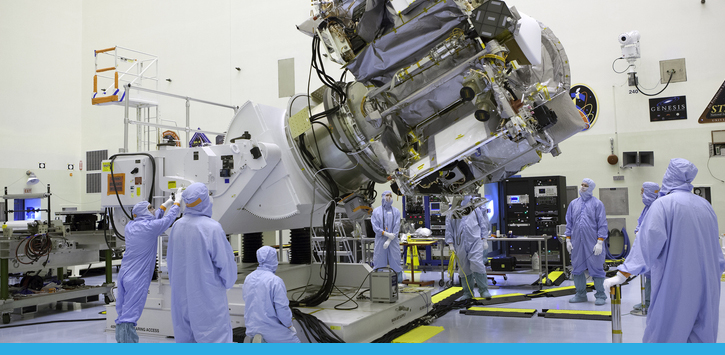
Two and a half years ago on September 8, 2016, I was able to witness the launch of OSIRIS-REx to share with our school community.
I’m sure you’re wondering what that means, right? OSIRIS-REx is a NASA asteroid study and sample return mission. OSIRIS-REx stands for Origins, Spectral Interpretation, Resource Identification, Security Regolith Explorer. Its main goal is to obtain a sample of at least 60 grams of rock from an asteroid called Bennu, a near-earth asteroid with lots of carbon in it. Now if you’re wondering exactly how much 60 grams is, one candy Skittles is approximately 1 gram. Imagine 60 of those and that’s how much of Bennu we will be bringing back to the Earth. And wait for it…it will take seven years before the mission is completed!
During our live lessons for Earth Space Science, we’ve been discussing current science events and all things space – including updates from Bennu. Continue reading
FLVS Follows Science on Its Way to Space
By Guest Blogger on April 30th, 2018
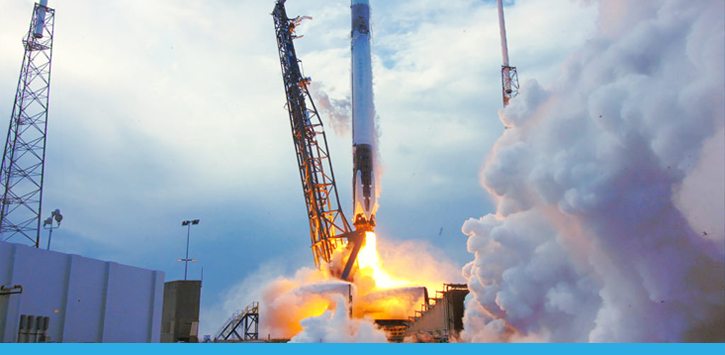
On April 2, 2018, the SpaceX Falcon 9 rocket blasted into space with the Dragon spacecraft – sending fascinating science experiments and supplies to the International Space Station.
FLVS was invited to share the experience with our students and followers through social media, including a behind-the-scenes tour of NASA facilities at Kennedy Space Center prior to launch. Continue reading
FLVS Attends GOES-R Satellite Launch
By Florida Virtual School on December 7th, 2016
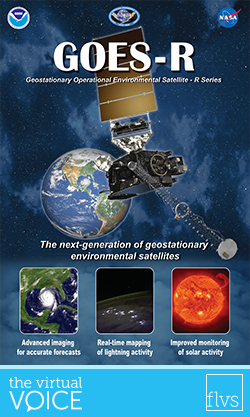 On Saturday, November 19, I had the privilege of watching the GOES-R weather satellite launch from Kennedy Space Center.
On Saturday, November 19, I had the privilege of watching the GOES-R weather satellite launch from Kennedy Space Center.
Now you may be wondering what GOES-R stands for. It’s the Geostationary Operational Environmental Satellite, a satellite system that orbits the earth and sends data back to National Weather Service computers. The R indicates what number or version the GOES satellite is on, so there have already been versions A-R. GOES-S is slated to launch next year and is the twin to GOES-R.
Of course, weather satellites get launched all the time, so why would this one be any more special than the others?
Well, right now we receive images of satellite scans every 30 minutes or so. The GOES-R satellite will provide data at least every five minutes, and in some circumstances every 30 seconds! So not only will it be five times faster than current weather satellites, but it will also gather three times more data and it will have four times better resolution. Continue reading
To Bennu and Back!
By Florida Virtual School on September 29th, 2016
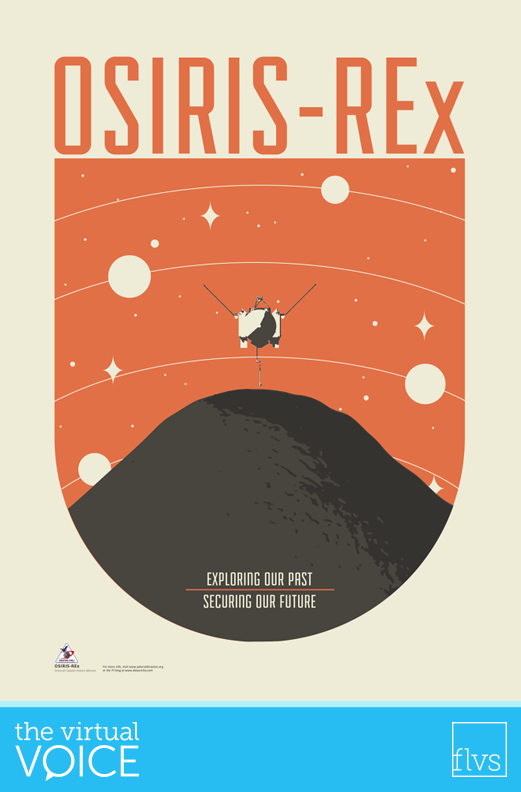 Hello FLVS peeps!
Hello FLVS peeps!
I had the distinct honor of representing FLVS at the OSIRIS REx rocket launch a few weeks ago.
Now if you’re wondering what exactly that means, OSIRIS REx stands for NASA’s Origins, Spectral Interpretation, Resource Identification, Security-Regolith Explorer. That’s a mouthful, right?
In a nutshell, NASA is sending a spacecraft to an asteroid named Bennu. Once it reaches Bennu (after a trip lasting two years), the spacecraft will orbit the asteroid for about a year, find the perfect place to collect about 80 grams of the rock, and head back home, arriving back to Earth in 2023.
It won’t actually land on the asteroid, but instead hover over it – and with the help of Canada and their amazing knowledge of spacecraft arms – will grab a small sample. (To put this in perspective, 80 grams is about the equivalent of 80 Skittle candies.)
So why are we going to Bennu? Continue reading
FLVS Attends SpaceX CRS-6 Cargo Launch Mission
By Guest Blogger on April 23rd, 2015
On April 12-13, 2015, FLVS had the privilege of going on a behind-the-scenes tour at Kennedy Space Center and sharing the experience with our students.
During the virtual field trip, followers of our FLVS Twitter account were able to tune in live for video streaming made possible with the new social app, Periscope.
While anyone can watch streams broadcasted via Twitter on their desktop or mobile device, users with the mobile Periscope app were also able to post questions in real time. We were honored to have viewers from around the world engage with us throughout the event! Continue reading

